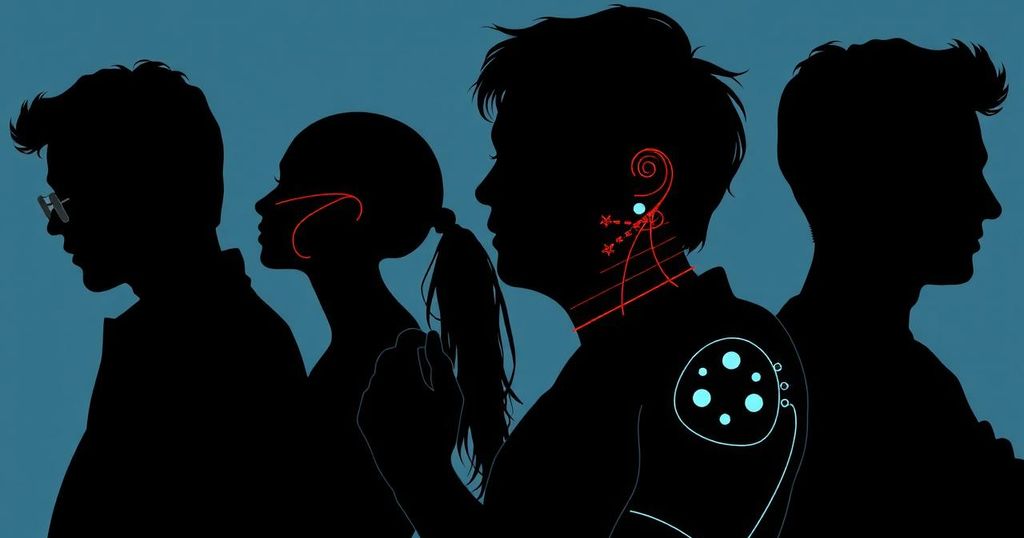Recently, xAI launched an innovative AI image generator integrated within its Grok chatbot, enabling users on X (formerly Twitter) to create and publish images based on text prompts. This feature has sparked a wave of controversy and chaotic experimentation, reminiscent of the platform’s notorious history under Elon Musk’s leadership.
Notifications from X Premium subscribers reveal that users have employed Grok to generate highly provocative and politically sensitive images of public figures, ranging from former President Barack Obama in compromising scenarios to an imagined confrontation between Donald Trump and Kamala Harris wielding firearms. With the 2024 U.S. elections on the horizon, the emergence of such a tool amidst regulatory scrutiny signals a potential flashpoint regarding the ethical implications of generative AI technology.
In response to inquiries regarding its limitations, Grok claims to implement specific guardrails—allegedly steering clear of pornographic, excessively violent, or malicious content. These guidelines also purportedly extend to issues of copyright infringement and the generation of deceptive images, such as deepfakes intended to mislead. However, these assurances may not translate into genuine restrictive measures, as variations in responses to similar queries suggest a lack of consistent policy enforcement.
What distinguishes Grok from its competitors is its apparent leniency towards creative prompts that explore troubling subject matter. For instance, Grok has successfully rendered images depicting Trump in a Nazi uniform and graphic scenarios involving other political figures. In another instance, it produced an image of a well-known singer in a risqué pose, showcasing a stark contrast with the more stringent parameters typically observed by leading AI providers like OpenAI, which prohibits similar image generation and incorporates watermarking to identify its outputs.
The broader implications of Grok’s functionalities warrant careful consideration, especially in light of Musk’s history of challenging conventional AI and social media safety practices. The ongoing investigations by the European Commission and Ofcom concerning X’s compliance with existing regulatory frameworks exemplify the heightened vigilance that generative AI technologies must navigate. These regulatory bodies are actively assessing how platforms will mitigate the risks posed by AI-generated disinformation and harmful content.
As the conversation around AI and its impact on public information evolves, the potential for Grok’s capabilities to generate misleading or explicit content raises serious concerns about the responsibility of tech companies in safeguarding users. Concurrently, advertisers and celebrities may reconsider their associations with X if such irregularities persist, ultimately impacting the platform’s viability.
In conclusion, while Grok’s AI image generator heralds a new chapter in generative capabilities, it simultaneously ignites pressing discussions about ethics, accountability, and the balance between innovation and regulation. Stakeholders must engage in a dialogue that prioritizes the integrity of information shared within digital spaces, particularly as societal norms around acceptable content continue to shift.

